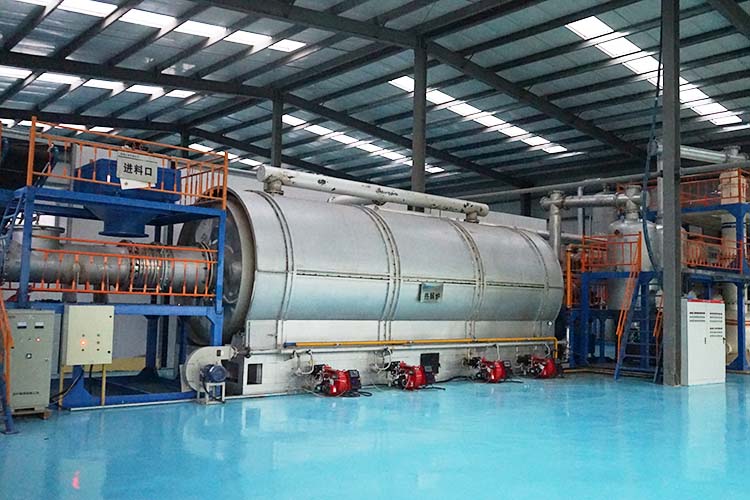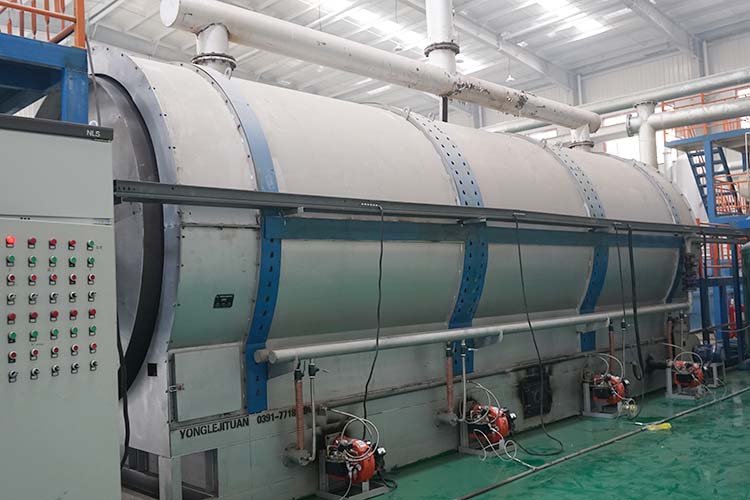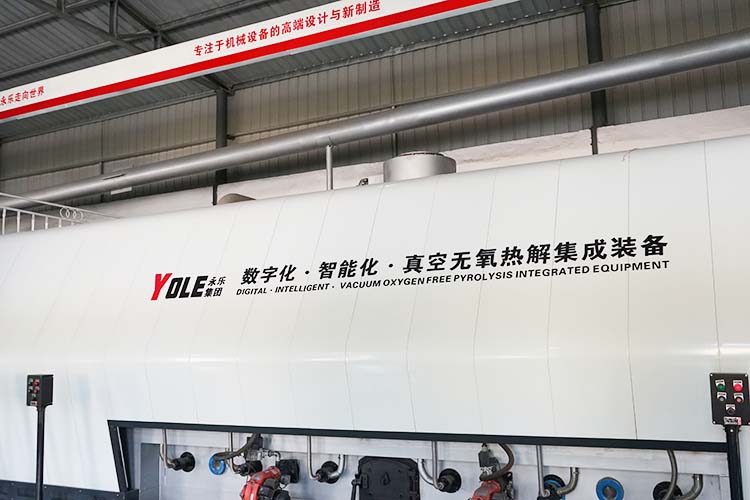Medical waste poses biological safety risks and pollution hazards during disposal due to its source and composition characteristics. In response to the complex form and unique composition of medical waste, medical waste treatment equipment adopts waste pyrolysis gasification technology to establish a complete harmless treatment process.

The medical waste treatment equipment uses a pyrolysis furnace as the primary processing unit, and by controlling the internal oxygen deficient environment, the medical waste undergoes pyrolysis gasification reaction within a specific temperature range. During this process, organic matter is thermally decomposed into synthesis gas containing combustible components such as carbon monoxide and methane, while inorganic components are separated and precipitated in the form of water vapor, acidic gases, and slag. The combustible gas generated by pyrolysis is transported through pipelines to the mixing chamber, where it undergoes turbulent mixing with the tangential introduced air, achieving full contact and uniform mixing between gas and air.

The secondary combustion chamber, as the core of deep processing, ensures full combustion of combustible gases after mixing with air through precise control of combustion conditions. In the high-temperature environment of the secondary chamber, organic pollutants in the flue gas are completely decomposed through oxidation reactions, and with a flue gas residence time of no less than two seconds, the generation of harmful substances such as dioxins is effectively suppressed. The outlet flue gas temperature of the secondary chamber is maintained in the high temperature range, meeting the thermodynamic conditions for complete degradation of harmful substances.
The pyrolysis furnace and the secondary combustion chamber operate synergistically through an integrated control system. The system monitors real-time parameters such as temperature, pressure, and gas composition during the processing, dynamically adjusts operating parameters such as feed rate and combustion air volume based on feedback data, and ensures stable operation of the processing system. This linkage control mechanism not only ensures the harmless treatment effect of medical waste, but also optimizes the system energy balance and reduces overall operating energy consumption through heat recovery and reuse.

The entire treatment process covers multiple stages such as pyrolysis gasification and high-temperature incineration, and each unit forms a complete medical waste treatment technology chain through process connection and parameter coupling. This process system not only achieves the reduction and harmless treatment of medical waste, but also improves the system's economy through energy recovery and utilization, providing a reliable solution for medical waste treatment.
Yongle Environmental Protection is mainly engaged in the research and development, production and sales of complete sets of technical equipment for organic solid waste disposal and comprehensive utilization. Production and manufacturing, domestic waste treatment equipment, tire pyrolysis equipment, medical waste disposal equipment, hazardous waste disposal equipment, and achieve efficient and comprehensive utilization of resources through independently developed low-temperature anaerobic pyrolysis equipment technology solutions.
Tags:Analysis of the Processing Flow of Medical Waste Treatment Equipment,medical waste treatment equipment,YONGLE GROUP
 Latest news
Latest news


























